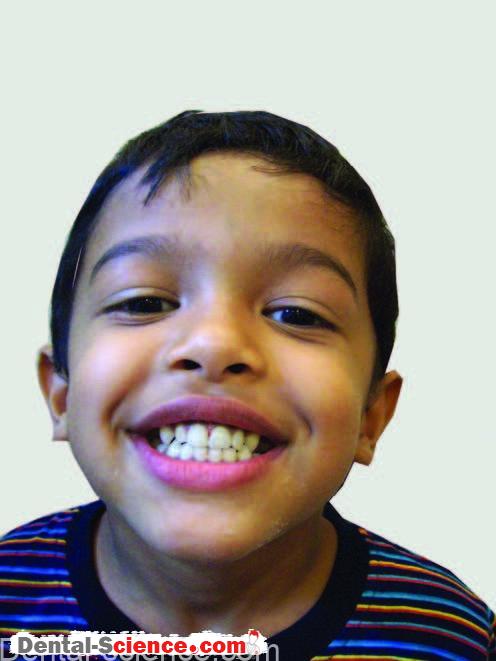Techniques of Behavior Modification
– There are various methods of child behavior management documented in textbooks.
– A dentist has to learn the same in order to ‘manage’ children well during their
dental treatments.
– The behavior modification of a child, however, has to be highly customized for an individual; hence, a dentist has to be innovative and develop his/her own techniques to achieve child cooperation for delivering dental care.
– The practitioner of dentistry for children improvises on the behavior modification techniques learnt to suit individual needs.
– The personality of the practitioner, the demand of parents, the influence of society and
culture, and ultimately the behavior characteristics of the child are the factors that have to be considered while carrying out such improvisations.
– The text below discusses various behavior modification methods with their ‘improvisations.’
1. Tell-Show-Do.
2. Contingency Management.
3. Distraction.
4. Modeling.
5. Parental separation.
6. Voice intonation.
7. Aversive conditioning.
8. Physical restraints.
1. Tell-Show-Do
2. Contingency Management
Contingency management as a technique of behavior modification
3. Distraction
4. Modeling
5. Parental separation
– There is a lot of debate on whether to retain parents in the operatory during the dental
treatments of children and a separate topic for discussion as well.
– It is advisable that one or both the parents remain present in the operatory during the first dental visit of any child.
– However, for subsequent visits we should decide our policy about separation of
parents/requirements of parents during certain procedures and explain the same to them.
– The 1:1 communication between the child and the dentist is the key to successful
management of children.
– It is important to understand that this also is a behavior management modality if used
effectively along with the other methods.
6. Voice intonation
7. Aversive conditioning
Aversive conditioning as a technique of behavior modification
8. Physical restraints
ــــــــــــــــــــ► ⒹⒺⓃⓉⒶⓁ–ⓈⒸⒾⒺⓝⓒⒺ ◄ــــــــــــــــــــ






